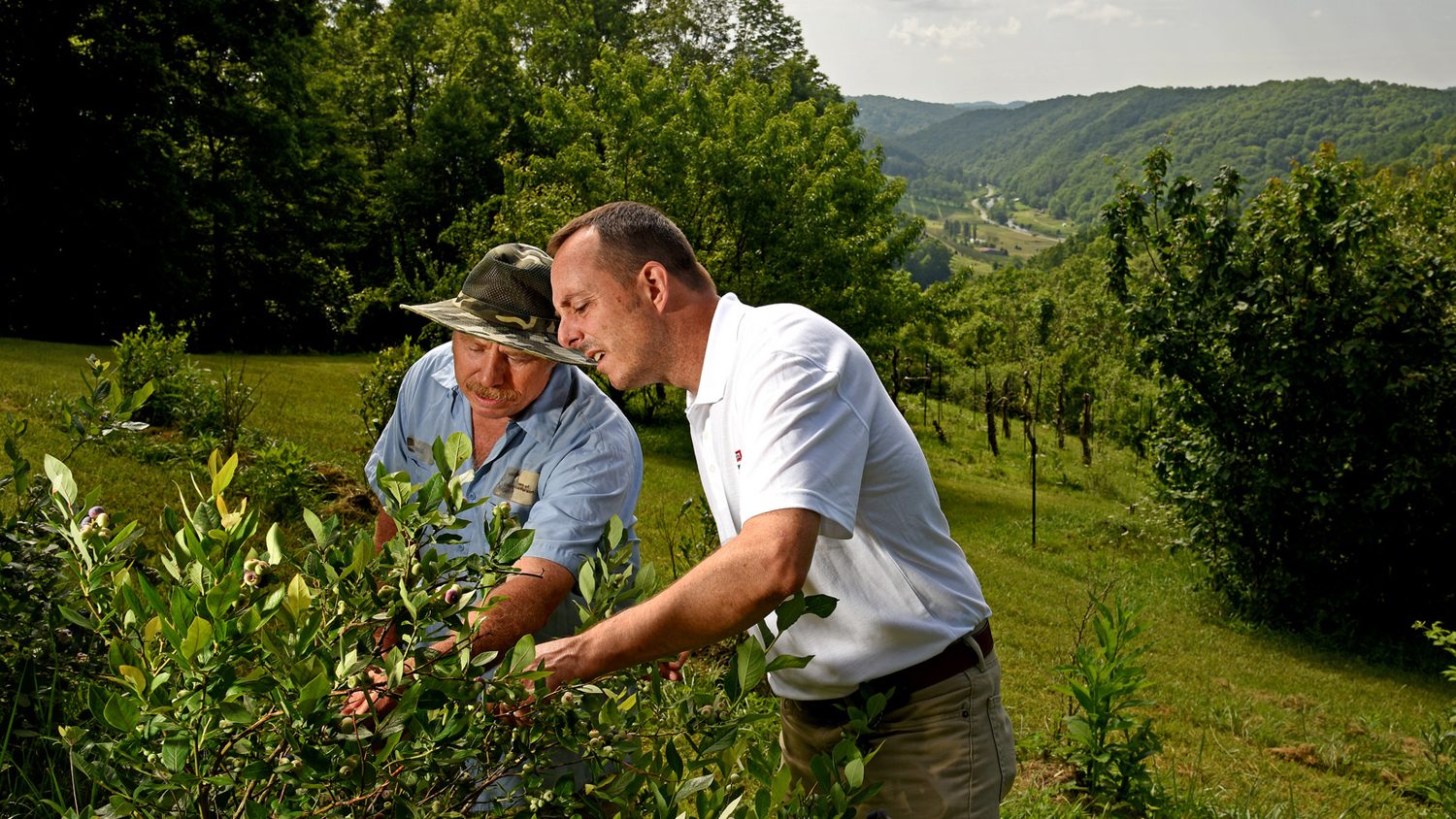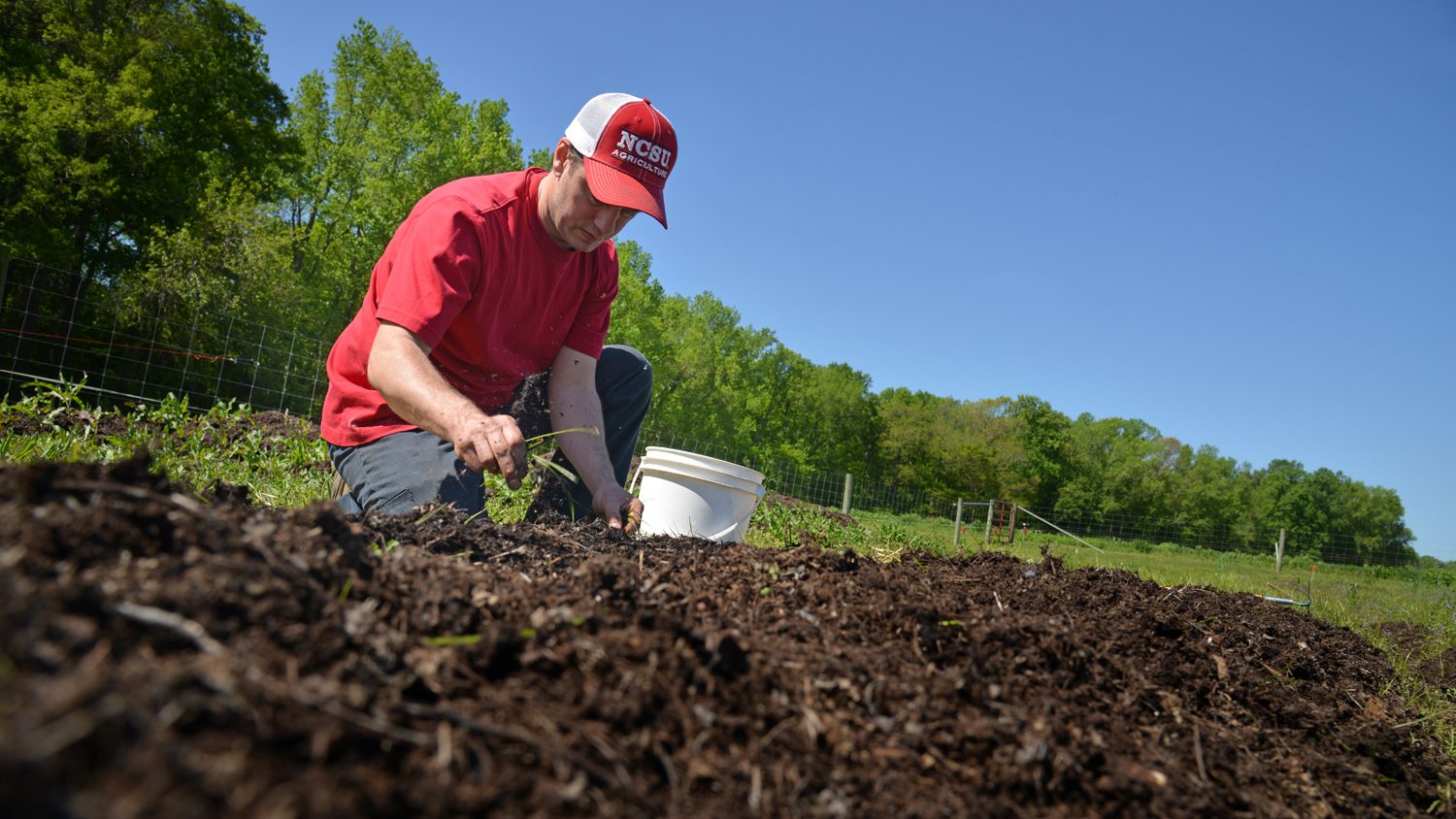Soil chemical and physical properties vary spatially –sometimes dramatically so within a single field. Spatial tools such as the global positioning system (GPS) and geographic information systems (GIS) for storing and analyzing spatial data can help us make better decisions in agriculture, land development, and environmental protection and restoration.
In precision agriculture, farmers use GPS, GIS, yield monitors, and variable rate technology (VRT) to apply appropriate quantities of inputs in different parts of a field. Land use planners and developers use GPS and GIS to assess soil spatial variability as it affects siting of homes and on-site waste (septic) systems and protection of ground and surface waters and wetlands.
Optimal soil management and environmental protection require agricultural and natural resource managers equipped to characterize and manage soil spatial variability. We educate students, farmers, soil scientists, and other natural resource managers in geospatial applications and technologies through academic and extension programs offered in collaboration with the Department of Biological and Agricultural Engineering.
Academic courses include:
SSC/CS/BAE440: GIS in Production Agriculture and Soil Science, and
SSC545: Remote Sensing Applications in Soil Science and Agriculture.
Extension training focuses on our short course series, the GIS Academy, coordinated by Dr. David Crouse.
Geospatial training is centered in the College of Agriculture and Life Sciences’ GIS Education Laboratory configured with GIS software and access to spatial data and thematic geographic information. Our geospatial courses use lectures, hands-on computer training, and real case studies to enhance learning and problem-solving skills.
We advance geospatial soil science and technology through research in soil spatial variability, precision agriculture, and remote sensing. Jeff White uses remote sensing (aerial color-infrared photography) and precision technologies to optimize fertilizer nitrogen management for wheat and corn, thereby protecting water quality. He also uses proximate remote sensing such as ground-penetrating radar and measurement of soil electrical conductivity via electromagnetic induction, to characterize soil spatial variability for wetland restoration and agriculture. Carl Crozier uses lidar digital elevation data to help farmers better manage their fields. Rob Austin, our GIS Specialist, provides crucial expertise in relational database management, dynamic web-based database and modeling systems, and GIS. Geographic information sciences are a critical element of our efforts to better understand and manage soil.

